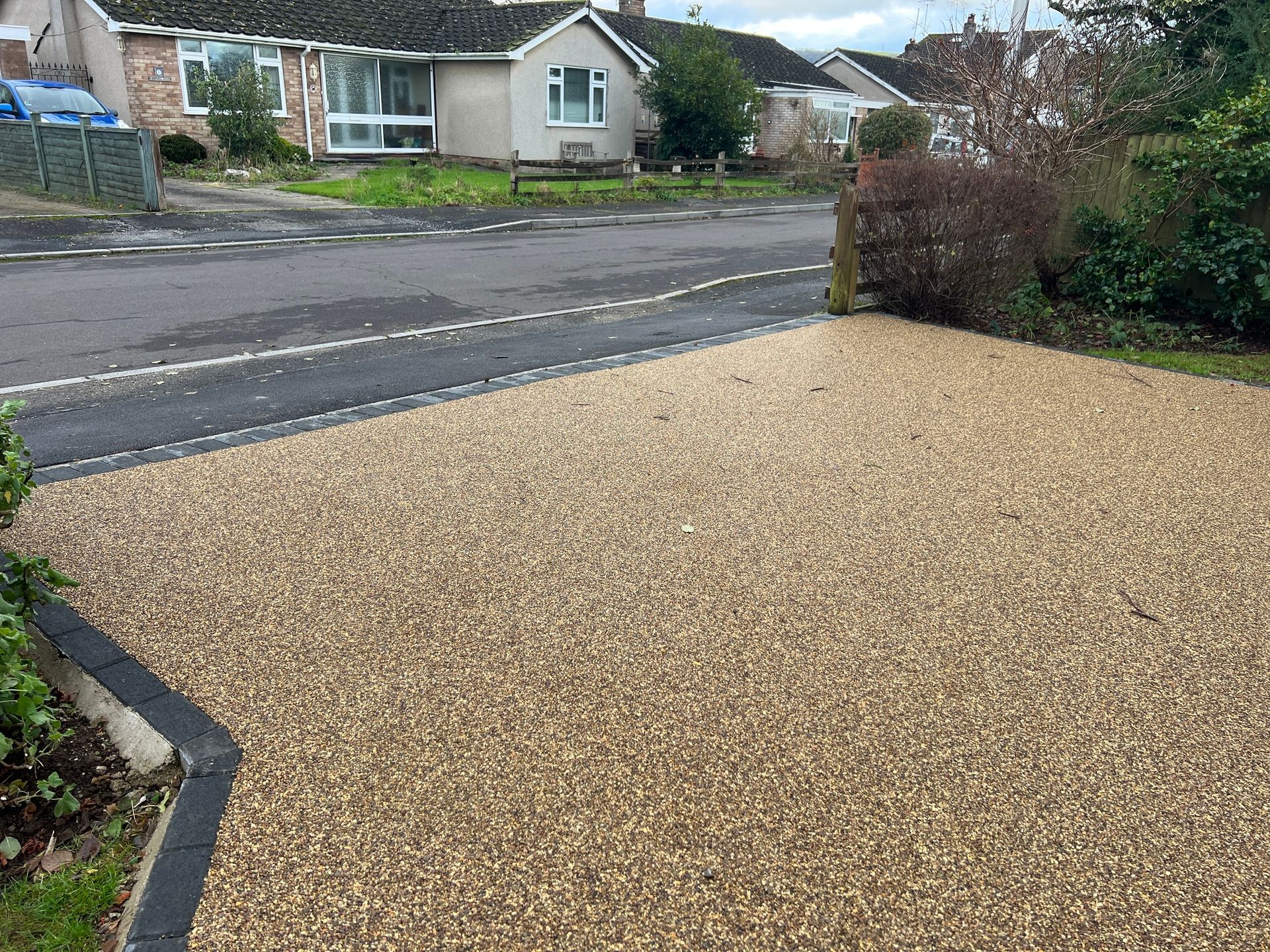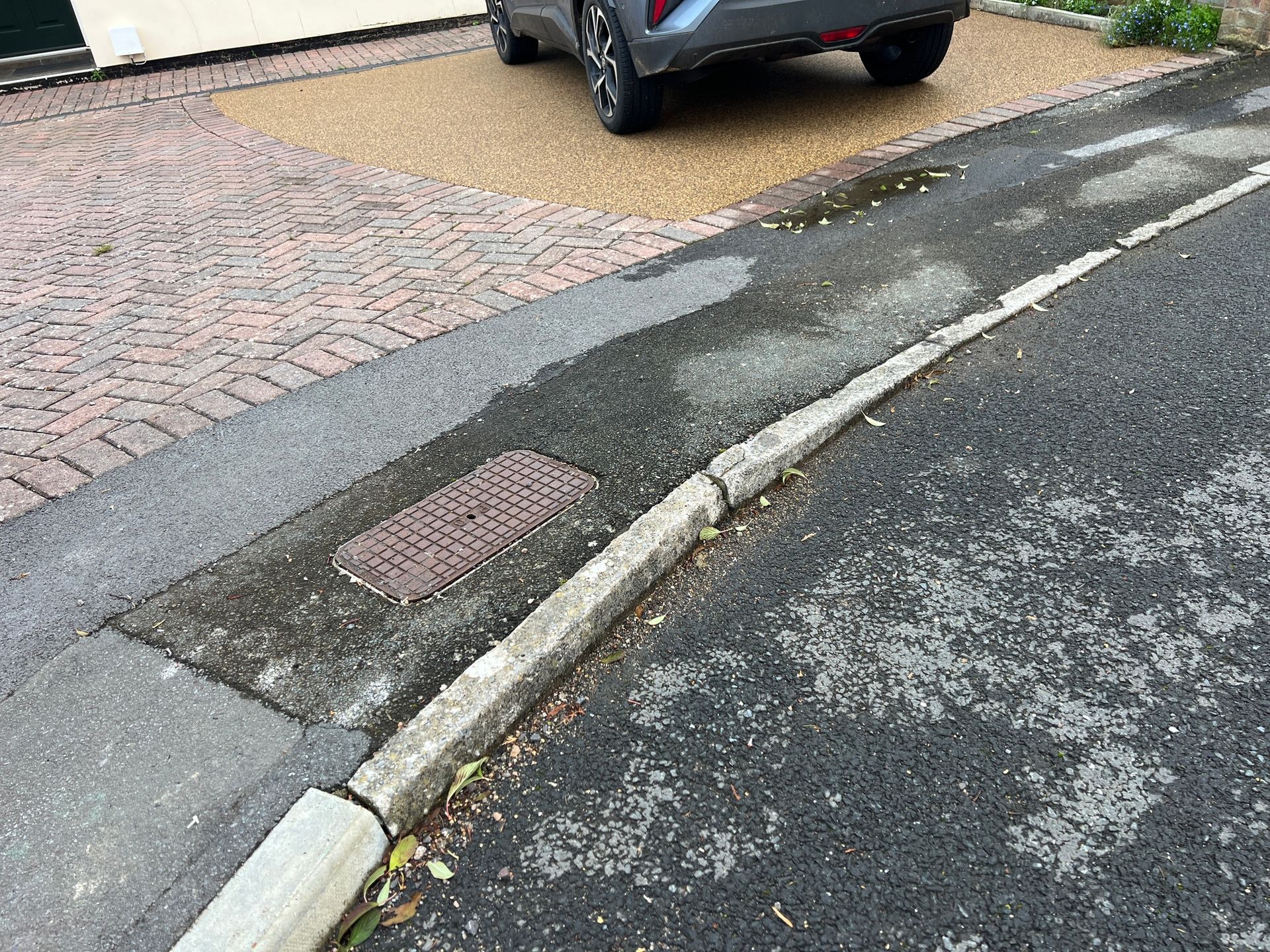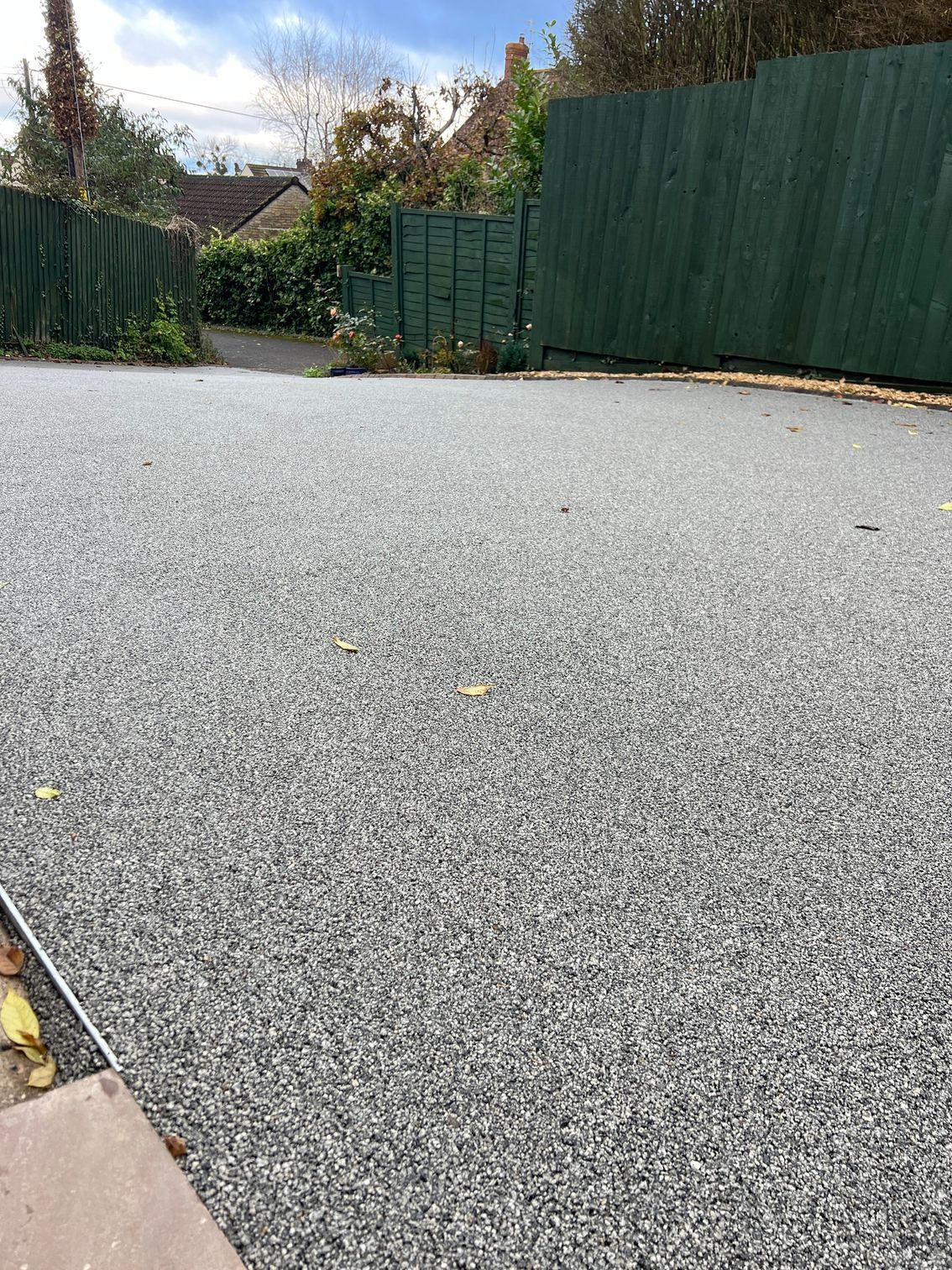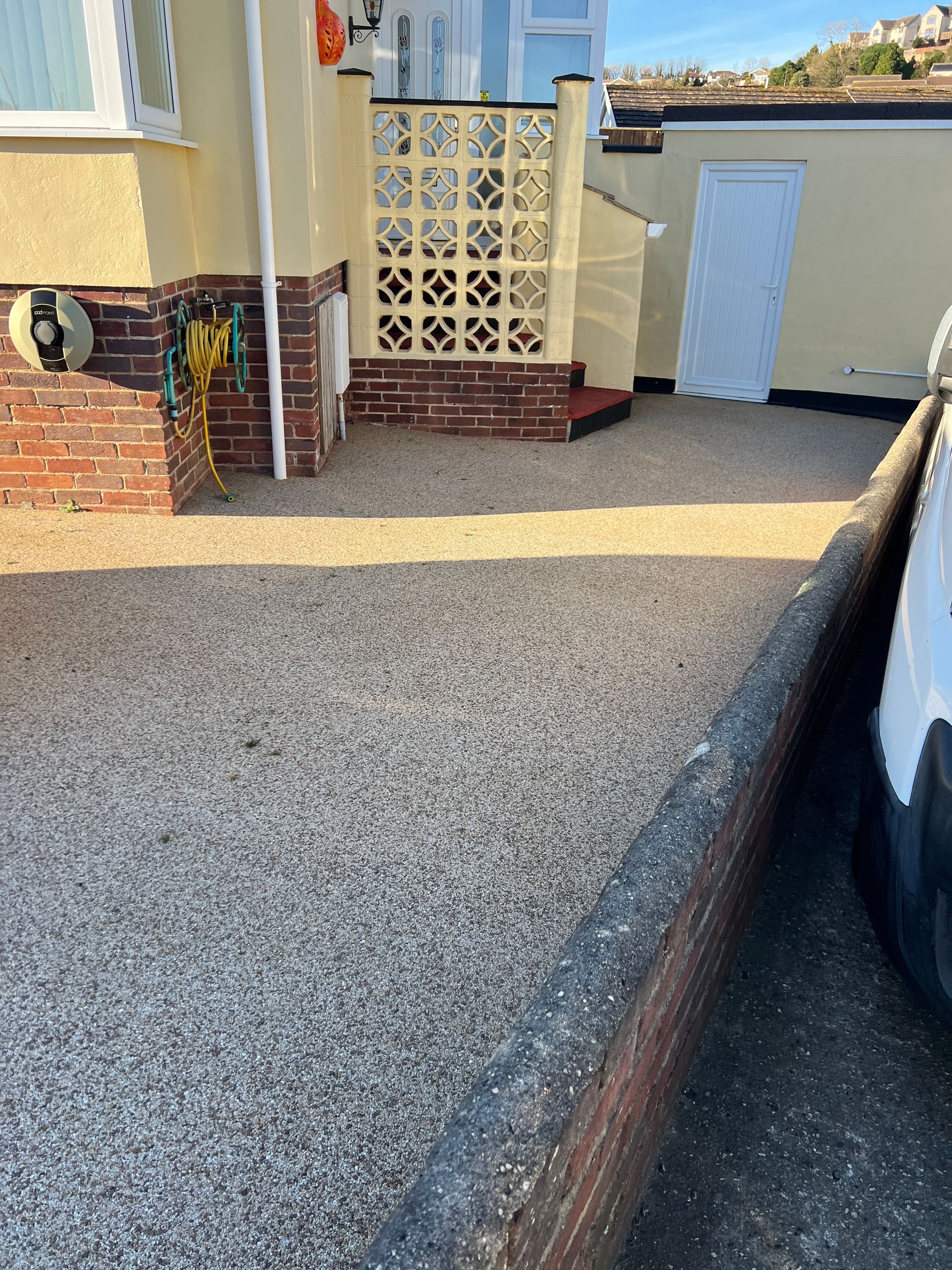Practical Luxury: Why Resin Driveways Offer Easy Maintenance and Driveway Longevity

Traditional cycling infrastructure often prioritises basic functionality over visual appeal, resulting in utilitarian spaces that fulfil technical requirements but fail to engage users effectively. Modern coloured resin systems overcome this limitation by combining exceptional performance with aesthetic flexibility. This dual benefit creates cycling spaces that communities appreciate both functionally and visually.
Design Possibilities
The custom design options available with resin surfacing enable creative approaches to wayfinding, zone identification, and placemaking. From subtle earth tones that blend with natural environments to bold colour combinations that highlight dedicated cycling spaces, the material adapts to specific project goals. The
pattern-imprinted capabilities further expand design possibilities beyond what conventional materials can achieve.
Structural Advantages
The
seamless nature of properly installed resin surfaces eliminates the joints and seams that often create hazards and maintenance issues in traditional materials. This
jointless characteristic creates more comfortable riding experiences while preventing water infiltration that degrades conventional surfaces. The
hardwearing properties ensure these aesthetic benefits remain intact despite intensive use.
Performance Longevity
The
flexible resin composition accommodates minor ground movement without cracking, preserving both appearance and functionality. This flexibility, combined with the material’s inherent strength, creates
robust surface systems that
maintain their textured resin finish despite challenging conditions. The
decorative resin elements remain vibrant and functional throughout the material’s service life.
Cycling infrastructure represents an opportunity to create functional spaces that also enhance community aesthetics. By choosing resin surfacing, which offers extensive design flexibility, communities can create cycling networks that users actively seek out rather than merely tolerate.
This combination of performance and visual appeal
transforms utilitarian infrastructure into community assets that encourage active transportation while enhancing the built environment.
You might also like
Resin Driveways For Life





